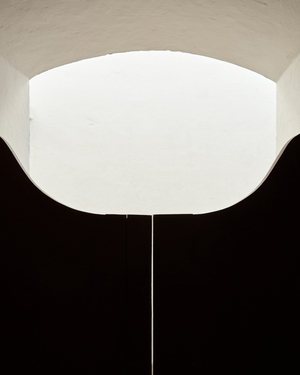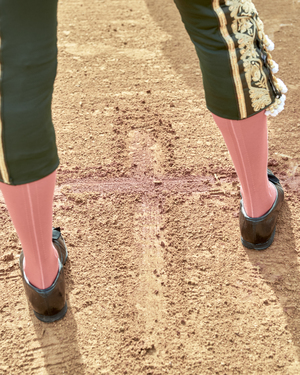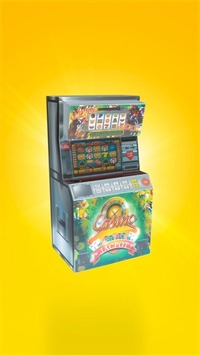Digital art in the current artistic context
The heterogeneous forms of digital art, created in symbiosis between man and machine set the trend in 2022. In our next auction on September 27, we present a selection of 12 digital works that will look great in your collections.
Already in 1935 the German philosopher Walter Benjamin in his treatise “The Work of Art in the Age of its Technical Reproducibility” spoke about the damage that technology does to the reputation, verisimilitude and “aura” of a work of art. Evidently this writing, published almost a century ago, loses its relevance in the world based on technical reproducibility itself. Nevertheless, it is important to keep this in mind to see the evolution of the relationship between man, technology and art.
Despite the fact that we have been living with digital art for at least 70 years, there are still multiple open debates regarding its definition, use, exhibition and conservation and, finally, like any debate in the artistic field, it ends with the question: Can we consider it art?
The artistic methods and tools applied in digital art are not new. The works created with the help of technology draw from traditional sources, such as painting, sculpture and theater; their way of interacting with the viewer and introducing him into their universe can surpass any baroque trompe l’oeil.
In other words, technologies enrich the artistic experience. They have become not only a tool for the creation and distribution of art, but the medium itself. In the 1960s, still far from the art market, the first digital creations were a mere leisure for programmers who created images to experiment with new codes and programmatic languages.
The symbiotic relationship between art and technology has remained in the bubble of underground culture until the 1980s, coinciding with the implementation of sophisticated graphic tools in modern computers.
But it would not be until 1985, when man and computer merged into one to create the prototype of a digital work of art. The culprit of the historic event could not be other than Andy Warhol, who with the help of the Commodore Amiga computer made a digital portrait of singer and actress Debby Harry live on a television program.
It was precisely from this moment on that the interest of art institutions and collectors in installations, performance and other forms of multidisciplinary art created by means of technology, which are currently booming, was aroused.
In our next contemporary art auction we present a heterogeneous selection of different aspects of digital art. We have compiled 12 works by contemporary artists from different contexts: Spain, France and Russia, who have been able to create truly contemporary works that go beyond any cultural or temporal framework.
Bego Antón, Jorge Fuembuena, Julio Galeote, Dmitry Lookianov and Clementine Balcaen are the five artists in our auction. In their works they develop narratives about identity, inhabited space, visual culture, and dialogue about the evolution of tradition in the world of permanent change.
These creators implement different digital production techniques. Jorge Fuembuena and Dmitry Lookianov use the more traditional medium of photography, creating visual poetry.
Bego Antón and Clementine Balcaén offer different visions of digital collage, blurring the boundaries between the real and the imaginary.
Finally, Julio Galeote explores traditions and the importance of the material in human life, through the alternative medium of video art, creating from scratch hermetic spaces with the technology of photogrammetry.














